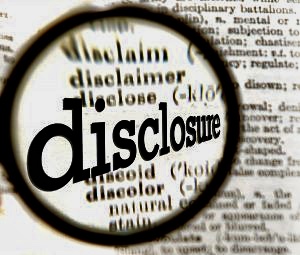Re Berkenbos Estate 2018 BCSC 1661 involved in application to revoke the issuance of a grant of probate and for an order that the revocation application be converted from a petition into an action.
The court granted both orders. The deceased and her husband were married in 1989 after living together for 10 years and they were not divorced prior to her death in 2015.
One of the triable issues was whether the parties had separated before death and thus were no longer considered to be spouses under WESA. The evidence was contradictory and constituted a bona fide triable issue.
From 2000 onwards the deceased and her husband had an unconventional marriage is the deceased suffered from alcohol and drug dependency and the husband struggles mental health issues.
The deceased will named the husband is sole executor and sole beneficiary and a grant of probate had been issued.
This blog will deal with the issue and law relating to an application to convert a petition into an action.
Having to do such is in my opinion a quirk of the Supreme Court rules for which I see no purpose other than having to undergo such applications for the various types of causes of action that require the commencement of proceedings by way of a petition. Proving a will and solemn form is one example as is revocation of a grant of probate.
The test as to whether the courts should convert a petition into an action is akin to the test to be applied for summary judgment: whether on the relevant facts and applicable law, there is a bona fide triable issue.
In Kerfoot v Richter 2018 BCCA 238 the Court of Appeal confirmed that where there are disputed facts in an originating application, the chambers judge must not weigh the evidence to determine issues of fact.
The Court of Appeal in Kerfoot v Richter relied on its earlier decision in British Columbia Milk Marketing Board v Saputo Products Canada 2017 BCCA 247 where the court held that proceedings brought by petition should be referred to the trial list where there are disputes of fact or law, unless the party requesting the trial is bound to lose
The party who seeks summary judgment in the context of disputed facts bears the evidentiary burden of establishing there is no genuine issue to be tried –McLean v Law Society of British Columbia 2016 BCCA 368 at paragraphs 36 – 39
In considering evidence, however the court must not weigh it but is limited to assessing whether it establishes a triable issue.
The court explained in a previous appeal decision Skybridge Investments LTD v Metro Motors LTD 2006 BCCA 500:
1) If sufficient material facts of being pleaded to support every element of a cause of action, but one or more of those pleated material facts are contested, then the judge ruling on a rule 18(6) application is not to weigh the evidence to determine the issue of fact for the purposes of the application. The judge’s function is limited to a determination as to whether a bona fide triable issue arises on the material before the court in the context of the applicable law. If the judge ruling on a rule 18(6) application must assess to weigh the evidence to arrive at a summary judgment, the plain and obvious or beyond doubt test is not being met.




